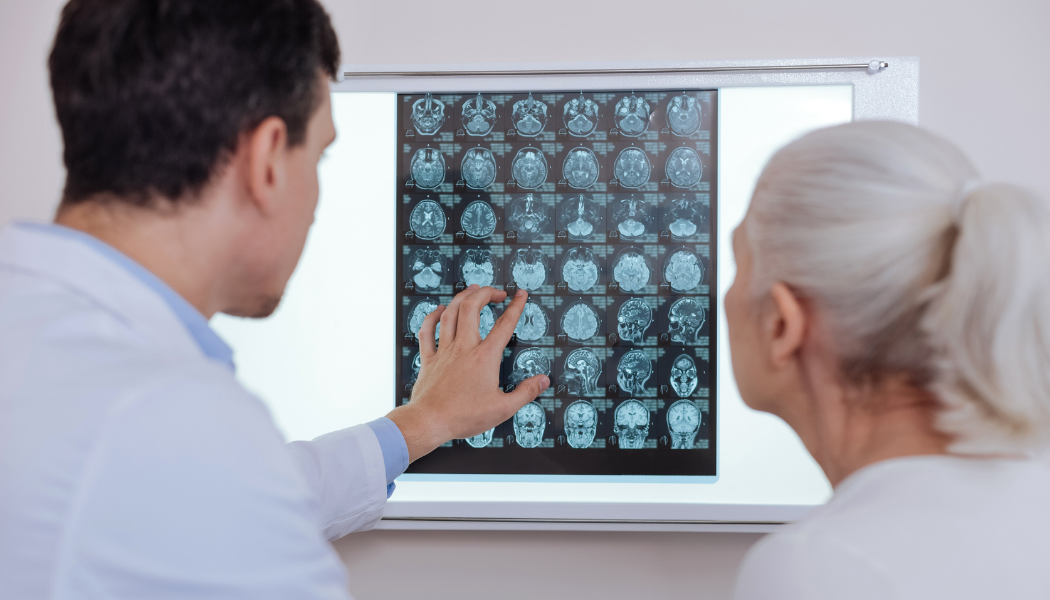Newly Diagnosed Brain Tumor Patients Should Consult Their Doctors Before Starting the Preventive Anti-Epileptic Treatment
Seizures are a severe complication of a brain tumor. An estimated 35-70 % of brain tumor patients may have a seizure(s) in the course of the disease, and 20-40 percent of the patients may have seizures as their first disease symptom.
Seizures are more common in patients with one type of brain tumor, namely the low-grade gliomas, than with the high-grade gliomas. The management of seizures becomes an integral part of the treatment plan for low-grade glioma patients. They usually have a longer survival time and, thus, a higher chance of being negatively impacted by seizures that could cause long-term disability.
Inconsistent Management of Seizures in Brain Tumor Patients
Many doctors use antiepileptic drugs (AEDs) for low-grade glioma patients to prevent the brain tumor-associated seizures, including those who don’t have a history of a prior epilepsy episode. However, there are concerns over the prophylactic use of AEDs.
These drugs have numerous side effects, including cognitive impairment, liver damage, and even life-threatening complications caused by drug interactions with other anticancer agents. In 2000, the American Academy of Neurology (AAN) did not recommend the routine use of prophylactic antiepileptic drugs (pAEDs) for patients with newly diagnosed brain tumors. However, many providers continue to use pAEDs in their practices.
Will the use of AEDs provide a clinical benefit of preventing the seizures as expected? Should all brain tumor patients receive preventive treatment with AEDs? These are vital questions that have not been answered clearly due to insufficient data from high-level studies with a large sample size on this objective.
Updated Guidelines to Improve the Seizure Care
Recently, a group of multidisciplinary experts performed a systematic literature review by analyzing the data from 37 selected articles related to the studies on this matter.
Results published in the journal Neuro-Oncology in June 2021 provide several recommendations to update the 2000 AAN guidelines for the prophylactic use of AEDs on brain tumor patients as the followings:
- In patients with newly diagnosed brain tumors who have not had a seizure, clinicians should not prescribe antiepileptic drugs (AEDs) to reduce the risk of episodes.
- In brain tumor patients undergoing surgery, there is insufficient evidence to recommend prescribing AEDs to reduce the risk of seizures in the peri- or postoperative period.
- There is insufficient evidence to support prescribing valproic acid or levetiracetam with the intent to prolong progression-free or overall survival.
- Physicians may consider the use of levetiracetam over older AEDs to reduce side effects.
- There is insufficient evidence to support using tumor location, histology, grade, and molecular/imaging features when deciding whether to prescribe prophylactic AEDs or not.
These newly updated guidelines are essential, not only for doctors but also for patients, to avoid unnecessary and harmful side effects.
All newly diagnosed brain tumor patients, especially those with low-grade gliomas, should consult with their doctors whether or not the prophylactic AEDs are right for them. Based on the patient’s unique situation, ask about the new generation of AEDs that can reduce side effects if the treatment is necessary.
Personalized Seizure Care on the Horizon
Many issues remain unclear for doctors and nurses to manage the brain tumor-associated seizures. Still, there is no doubt that the updated guidelines help them realize that instead of using a one-size-fits-all strategy to avoid side effects and improve patients’ quality of life, personalized care on brain tumor-associated epilepsy should be implemented. In addition, conducting more high-level studies to identify the subgroups of high-risk patients are essential for future guideline updates.
Stay up-to-date with the latest information on new drug development. Receive our monthly e-newsletter and blogs featuring stories of inspiration, support resources, cancer prevention tips, and more; sign up here.
References:
- SNO and EANO practice guideline update: Anticonvulsant prophylaxis in patients with newly diagnosed brain tumors. Neuro Oncol,Jun 26, 2021.
https://pubmed.ncbi.nlm.nih.gov/34174071/
- The Management of Seizures in Brain Tumor Patients. Journal of Neuroscience Nursing, February 2010.
https://nursing.ceconnection.com/ovidfiles/01376517-201002000-00005.pdf












